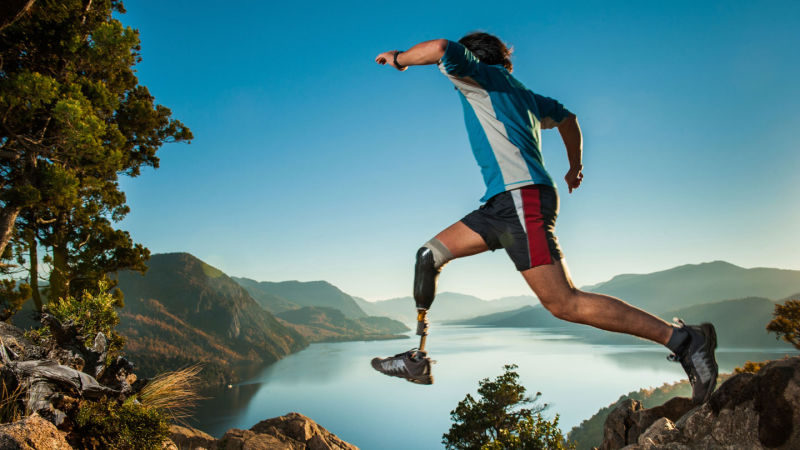In the last decade, innovations in 3D printing, advanced bionics and other technologies have led to marked improvements in the form and function of prosthetics. These days, it’s not uncommon to see amputees rock climbing, dancing and showing off custom-designed limbs. We explore the changing field of prosthetics.

The honeycomb grid is designed to be durable enough for its users to play sports, lightweight and easy to clean. Chad Crittenden's prosthetic features a custom tattoo, his name and number from his soccer jersey.
Photo: 3D Systems Corporation

